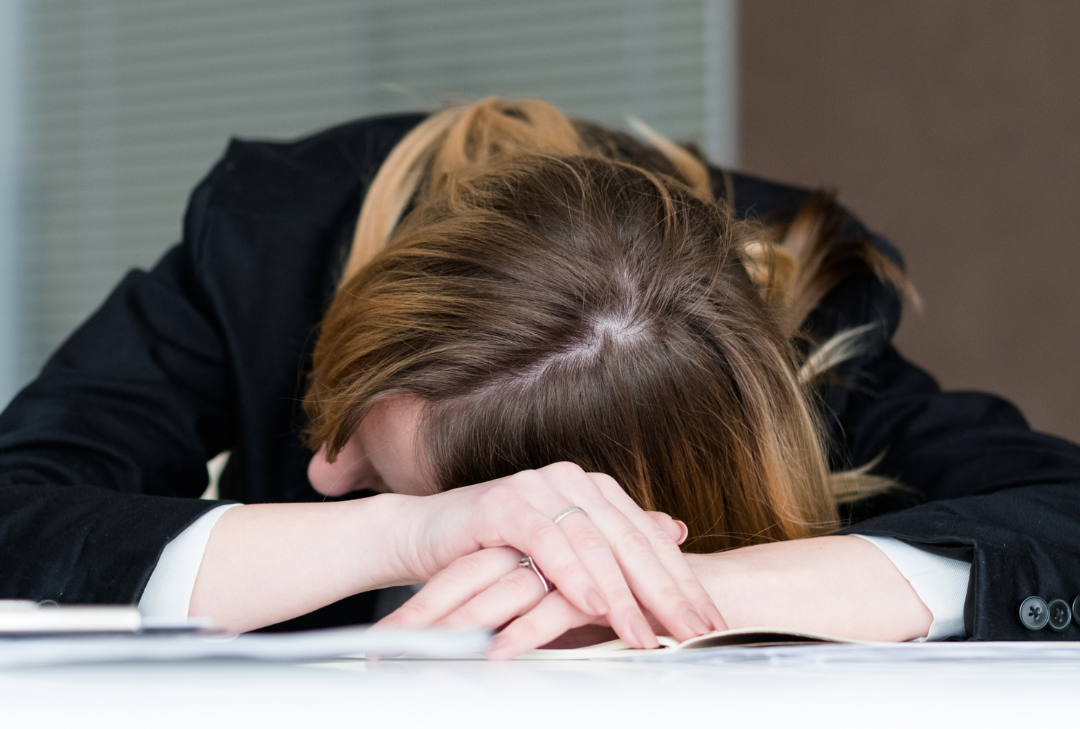How does sleep affect safety?

Did you know that being awake for 17 hours is about equivalent to having a blood alcohol concentration of 0.05%? This is the legal limit of alcohol when driving in Scotland (England and Wales have a higher limit of 0.08%). If awake for 24 hours, this increases to an equivalent to blood alcohol concentration of 0.10%!
There are plenty of scientific studies and articles available on this correlation between lack of sleep (or fatigue) and mistakes; for example, a study was published in late 2020 looking at a cross-section of doctors in the US to investigate links between sleep and burnout with clinically significant medical errors – a key finding being that even a moderate level of sleep-related impairment increased the odds of self-reported errors. The BBC recently wrote an article where they reported on a 2 decade medical study tracking the health and sleep of UK civil servants, concluding that under 5 hours or less of sleep a night increased their chances by 30% of having chronic conditions such as diabetes, cancer and heart diseases at the age of 50!
We’ve broken down some general points to consider in regard to fatigue when looking at your risk assessments and your health and safety management systems:
What is fatigue?
When we refer to fatigue, we’re not talking about an isolated incident of one nights’ sleep being disturbed but instead a prolonged period of sleep loss or disruption to the internal clock. It can also be caused when work is monotonous, repetitive or complex – we sometimes refer to this type of fatigue as burn-out.
Who could be at risk?
- Shift workers (generally higher impact on those who work a revolving / disruptive shift pattern, and those who work anti-social hours)
- Employees taking medications that impact sleep (or that increase drowsiness)
- Employees with Carer responsibilities (including for children or those who need 24/7 care)
- Employees with disordered sleep due to personal circumstances, including poor home conditions and stress
What are the risks?
The HSE cites fatigue as a serious issue in the workplace – accident and injury reporting is often increased over night shifts and also when working long hours. It’s also been a major source of trouble – the Chernobyl, Exxon Valdez, and Three Mile Island disasters all occurred on the night shift. Of course, those are major incidents but the below applies to them just as well as to someone working in an office, it’s just a different risk profile if things go awry.
- Slower reactions and underestimation of risk
- Lack of attention and reduced awareness,
- Decreased ability to process information and for critical thinking
- Lapses of memory
- Increase in irritability and impatience
What precautions can be taken?
- Shift working should be managed, and risk assessed properly. HSE has a great guide to improve understanding of shift work and good working practices
- Where possible, review safety-critical and demanding tasks to avoid them being scheduled at the end of long shifts or the working day, or over night shifts
- Talk to staff about the risks of fatigue and foster a healthy culture of supporting each other as a team rather than seeing fatigue as a weakness.
- Good practice is to try to limit the consecutive work days where possible, 7 days in a row would generally be the maximum for workers to have adequate rest time.
As ever, get in touch with us, or with your dedicated H&S Consultant directly to discuss your plans to tackle fatigue at work and how we can assist.
Our content is correct at the date of publishing, but should not be taken as legal advice, and our articles don’t replace Risk Assessments. Armour will not be held accountable for any legal actions the reader may take.

